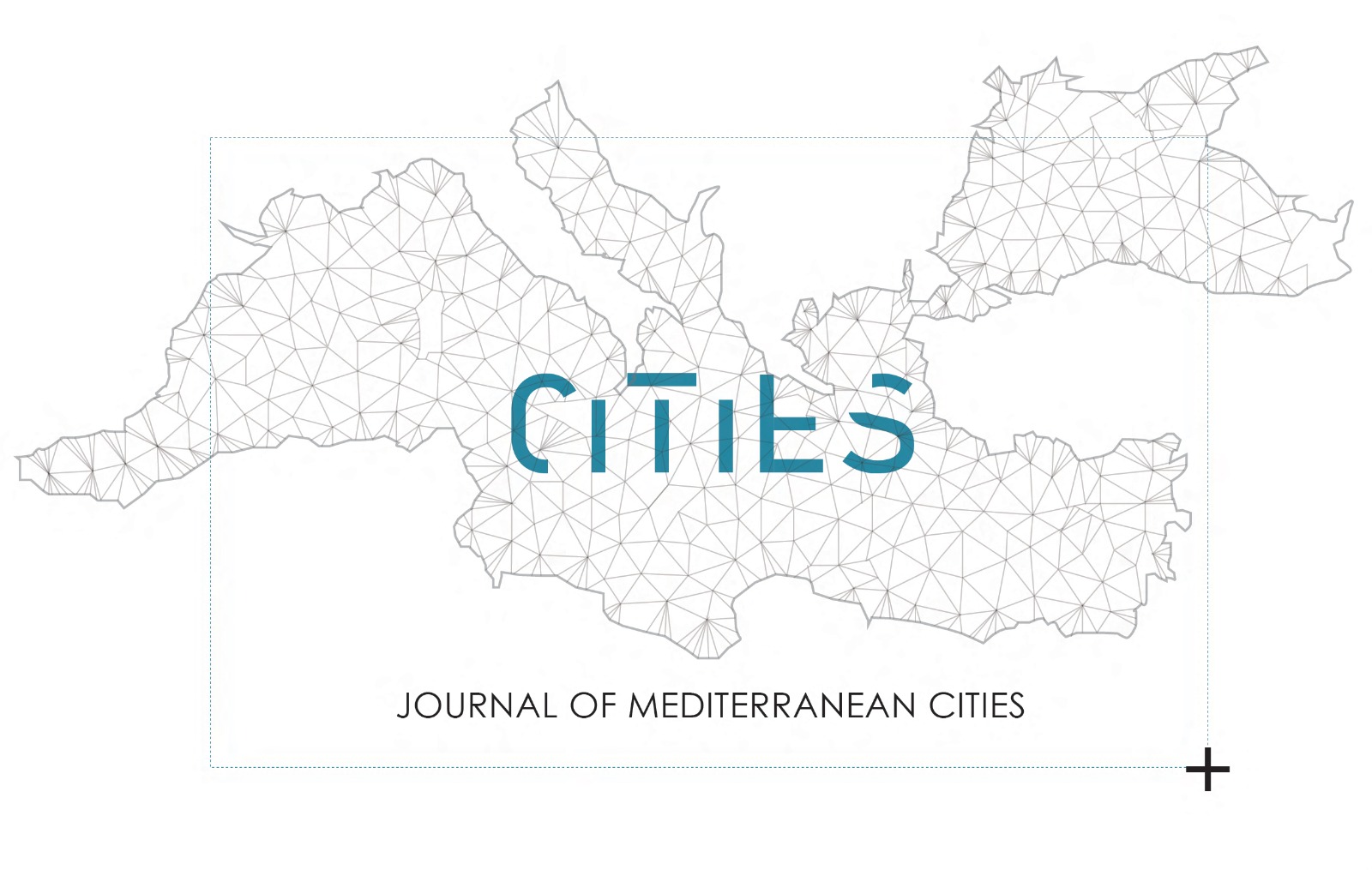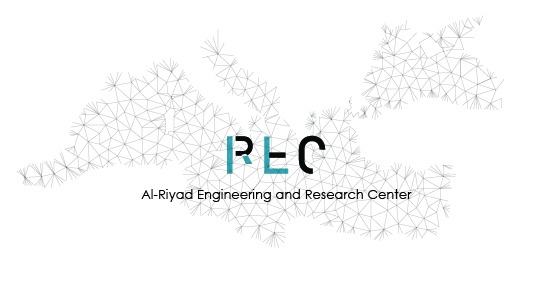Social Hybrid Architecture for Water Regeneration in Rural Settlements: A Case Study in the Historic Landscape of La Vega del Guadalfeo, Spain
DOI:
https://doi.org/10.38027/mediterranean-cities_vol2no1_6Keywords:
Eutrophication, Rural Settlements, Quantum Growth, Worm Filters, Constructed WetlandsAbstract
This article combines two problems such as the eutrophication of seas and oceans with the spontaneous appearance of rural settlements and the infrastructures that support them. According to Koolhaas, the rural world constitutes the new space for work and research. After a bibliographic review of the possible strategies, a social hybrid building is proposed between an ecological purification infrastructure and a social recompositing artefact. As a case study, the problem of dissemination in historic landscape of the Vega del Guadalfeo is analysed. The results show the design of an ecological treatment plant that can recycle wastewater from illegal rural settlements through worm filters and a system of artificial wetlands. This is part of a building that makes up for the lack of facilities that is typical of the scattered one with an exhibition hall and public meeting spaces. The paper proposes recommendations to institutions on the scope of this type of infrastructure in Mediterranean landscapes.
Downloads
Published
How to Cite
Issue
Section
License
Copyright (c) 2022 M.A. Alegría Pacheco-Montero, Dr. Carlos Rosa-Jiménez

This work is licensed under a Creative Commons Attribution 4.0 International License.
This Journal is published through an Open Journal Systems as part of the Public Knowledge Project (PKP).
This Journal is licensed under a Creative Commons Attribution 4.0 International (CC BY)


 Journal of Mediterranean Cities
Journal of Mediterranean Cities












